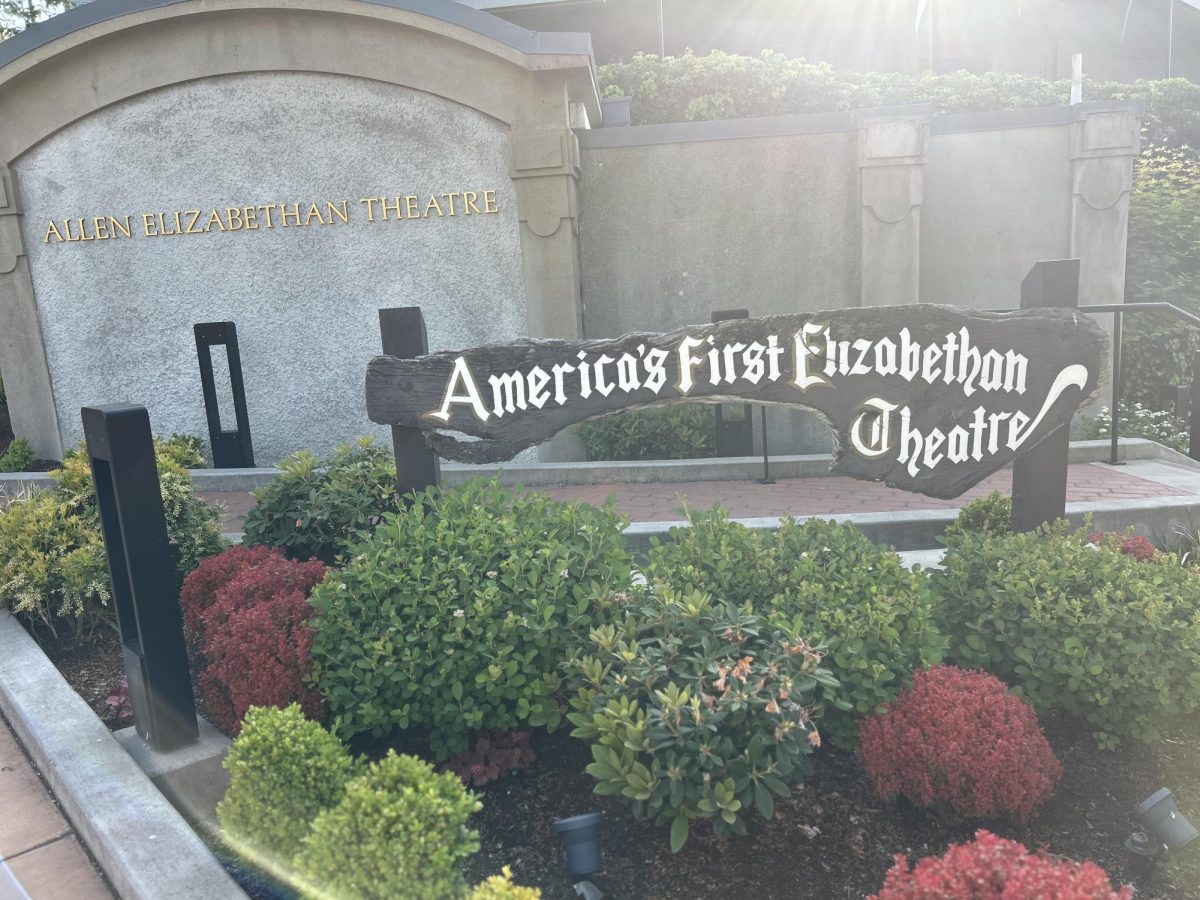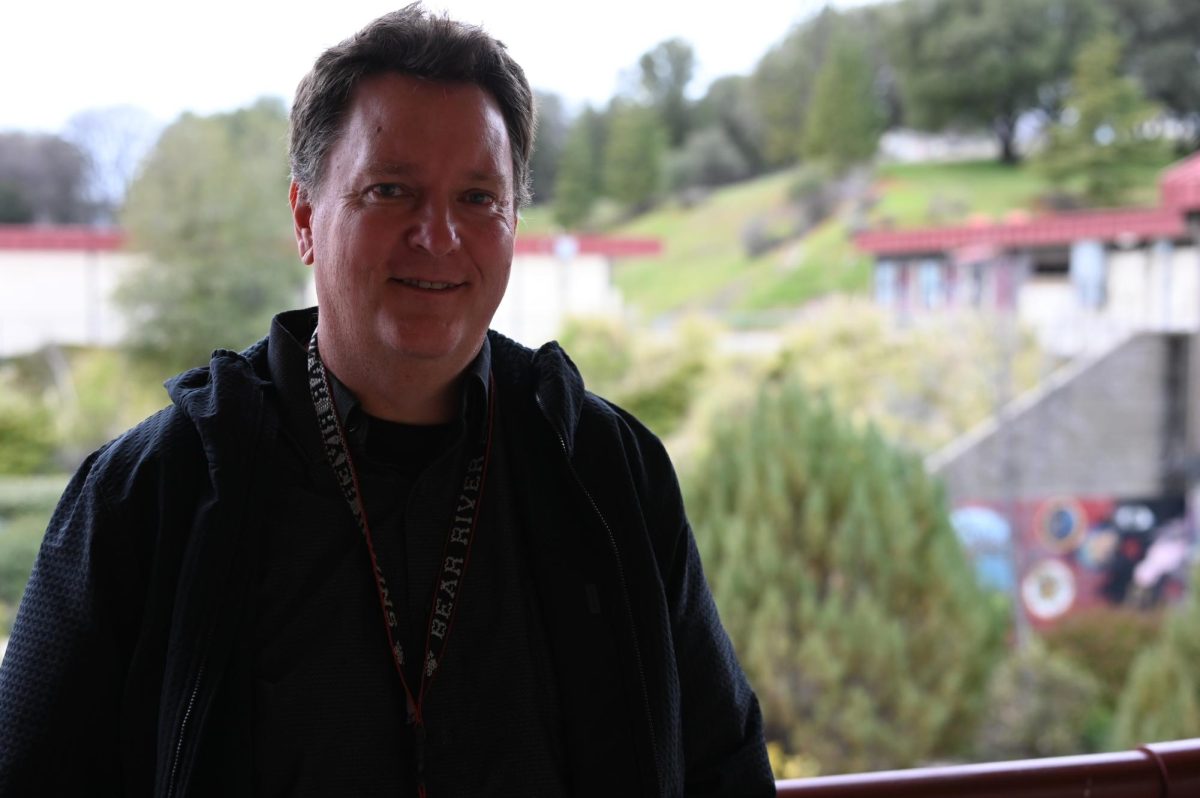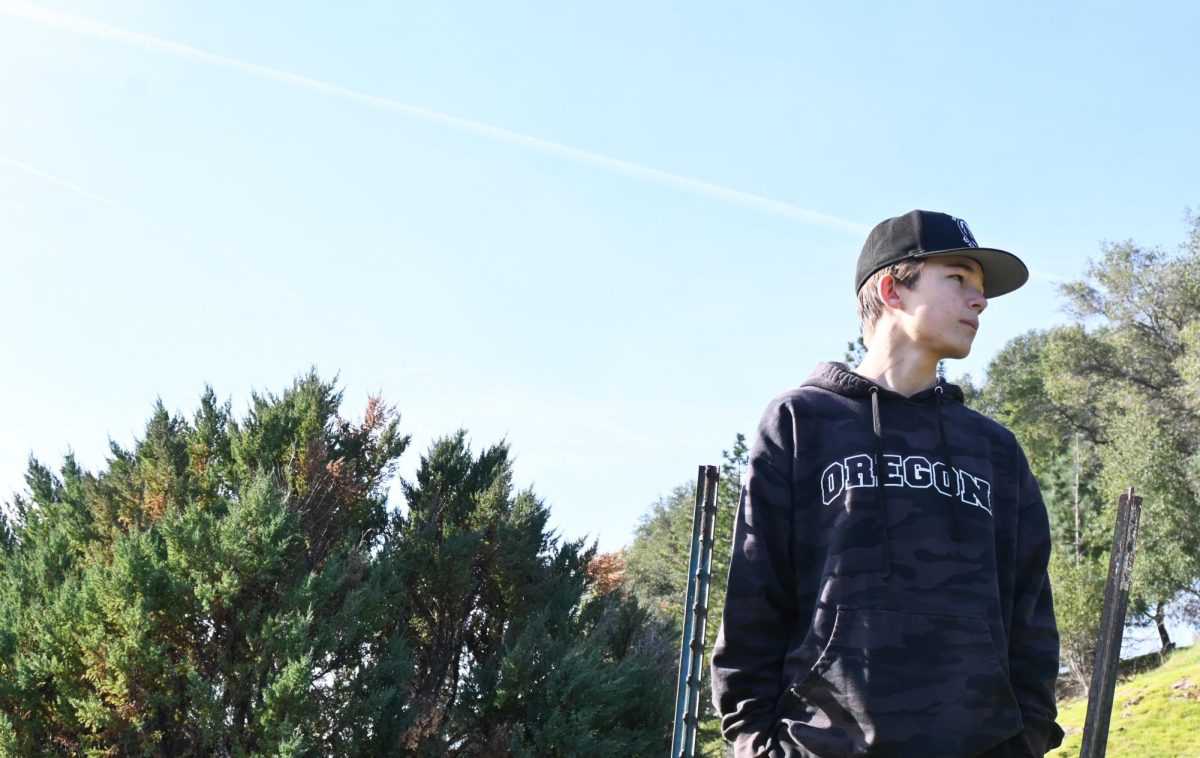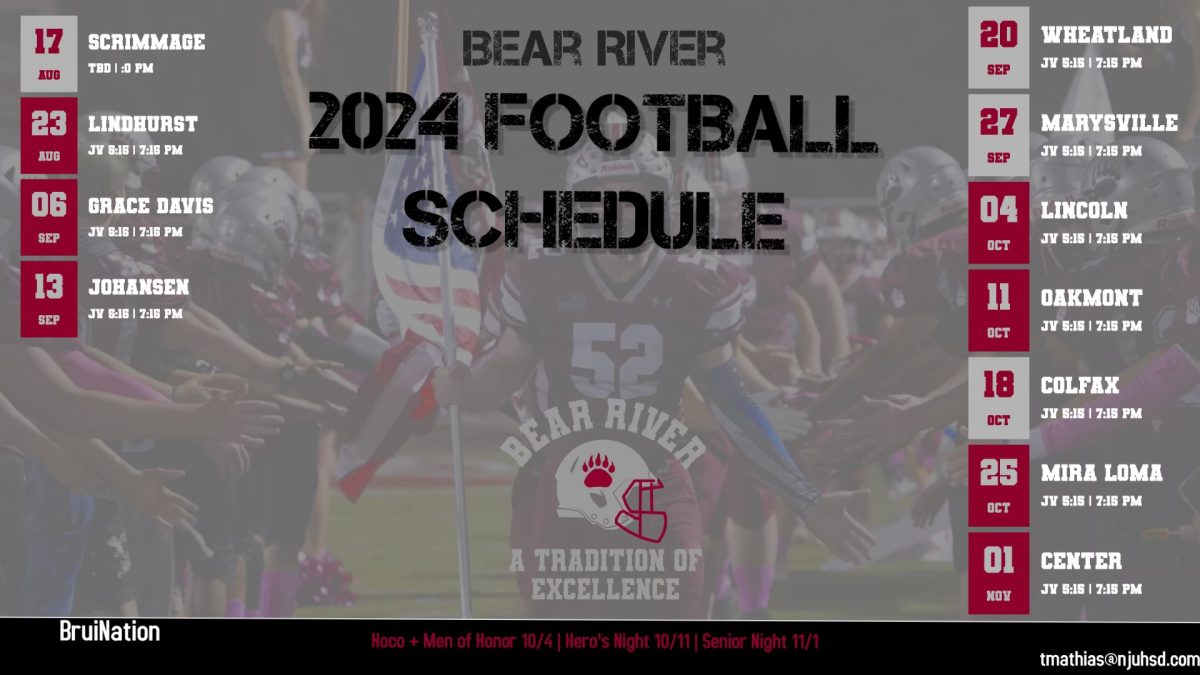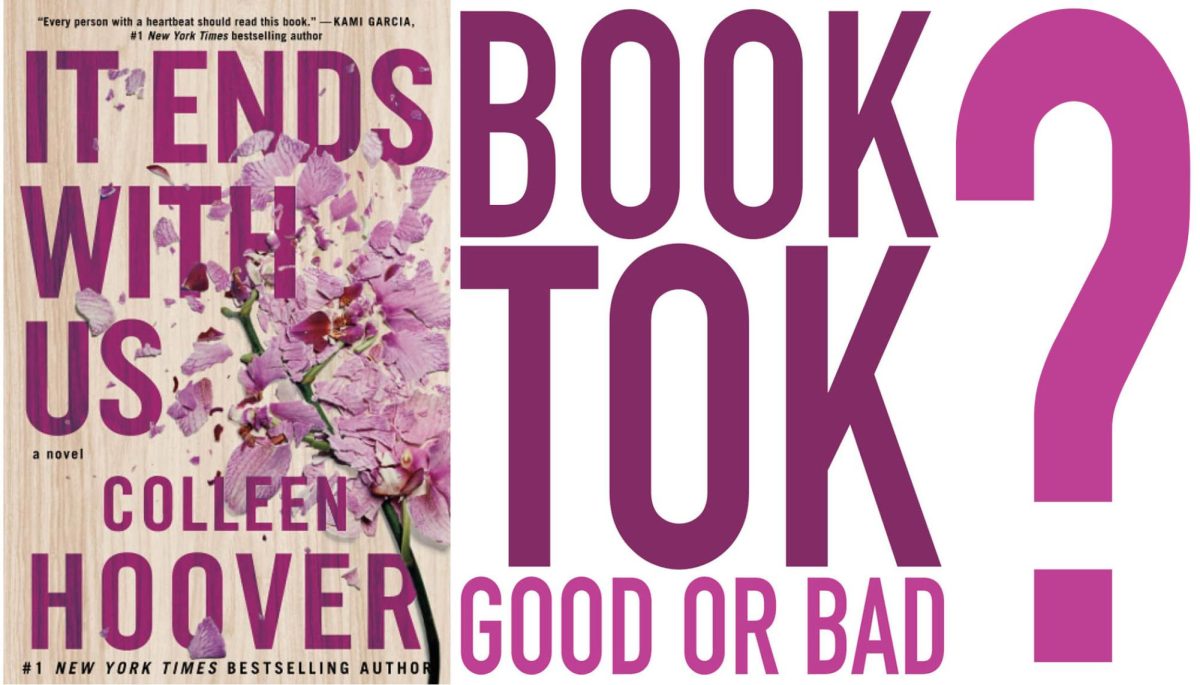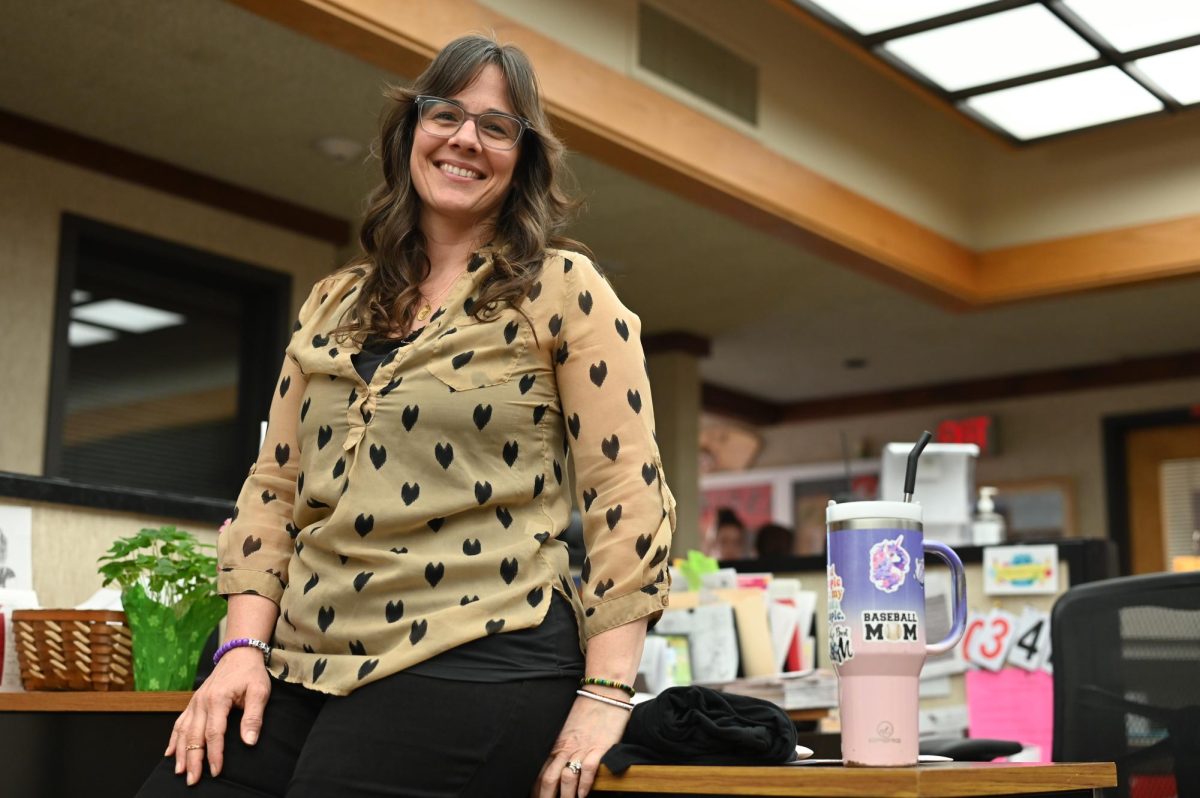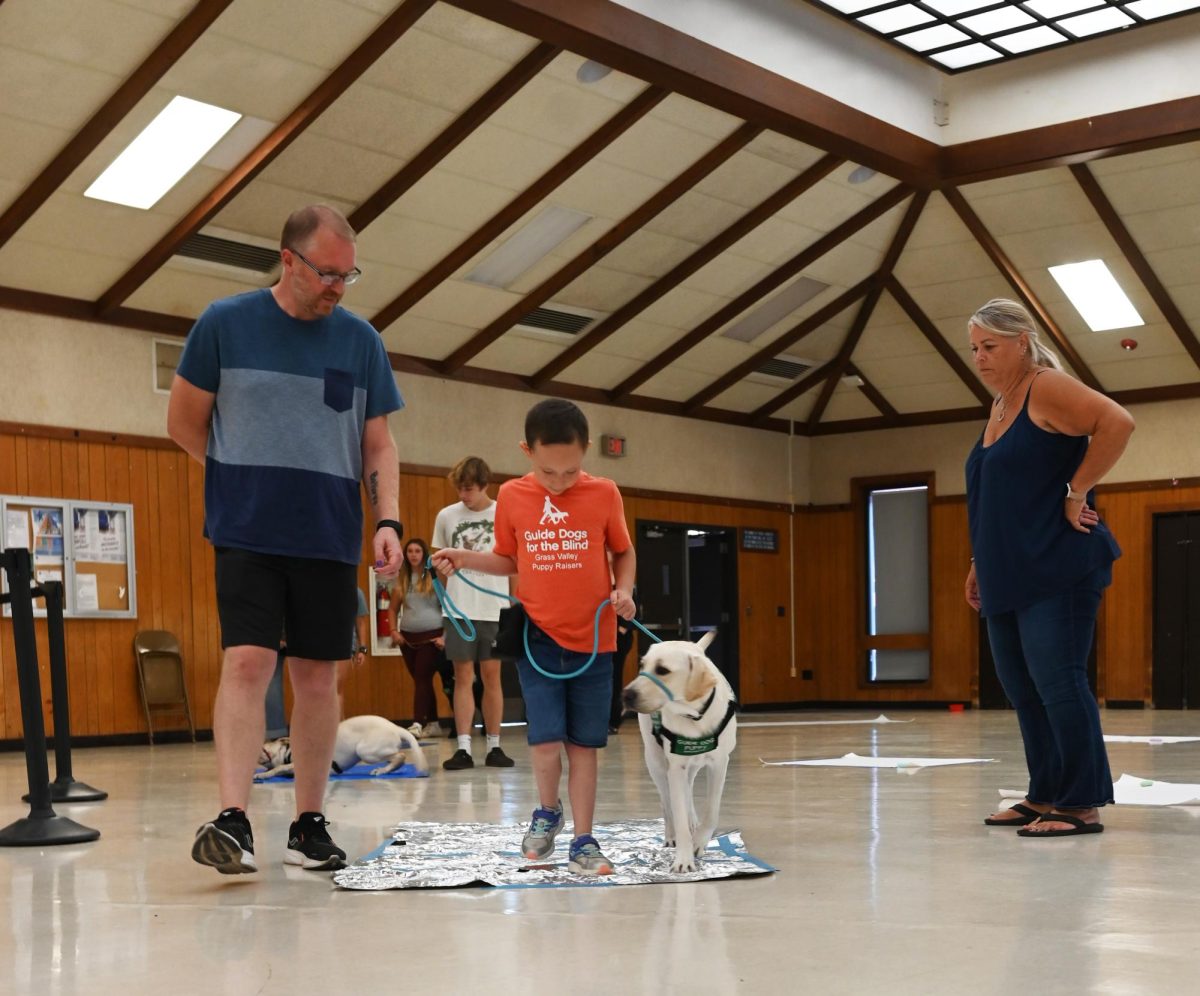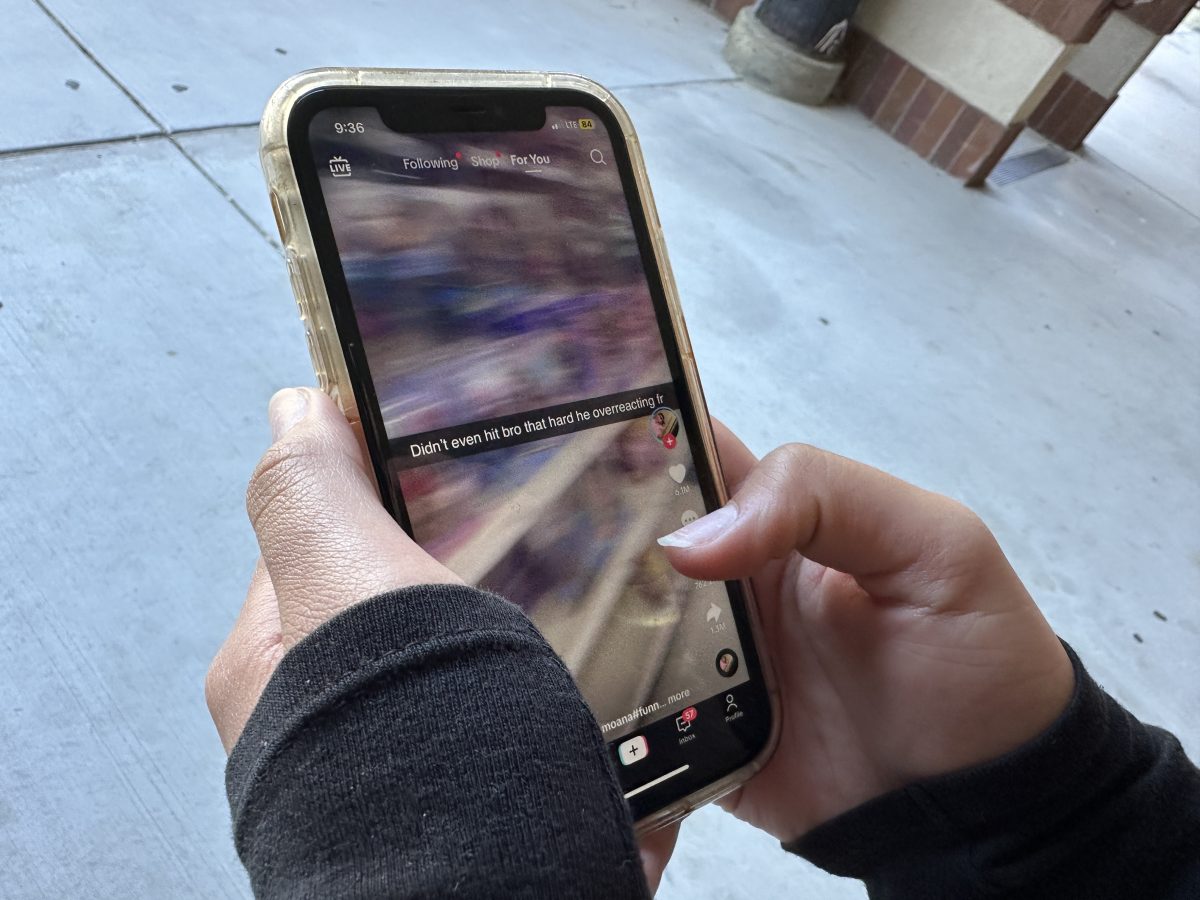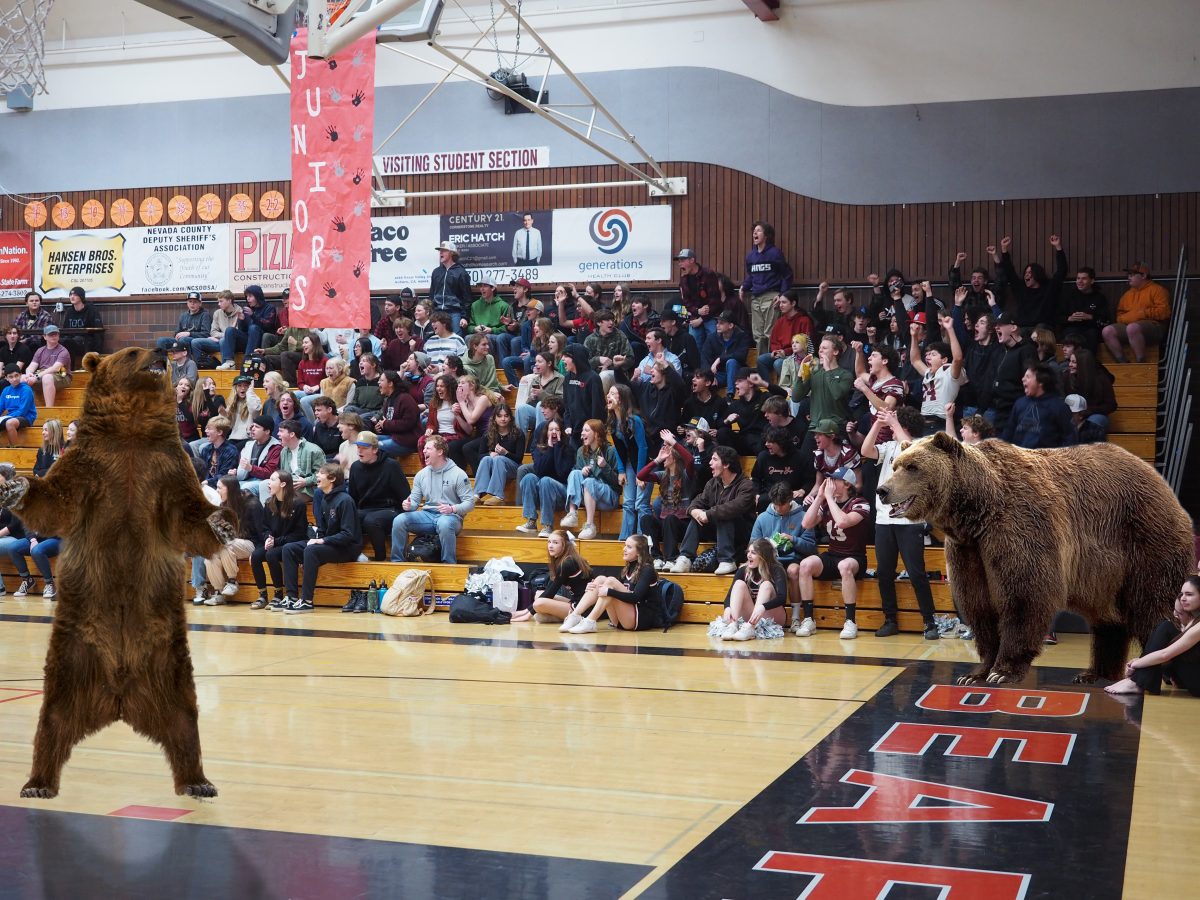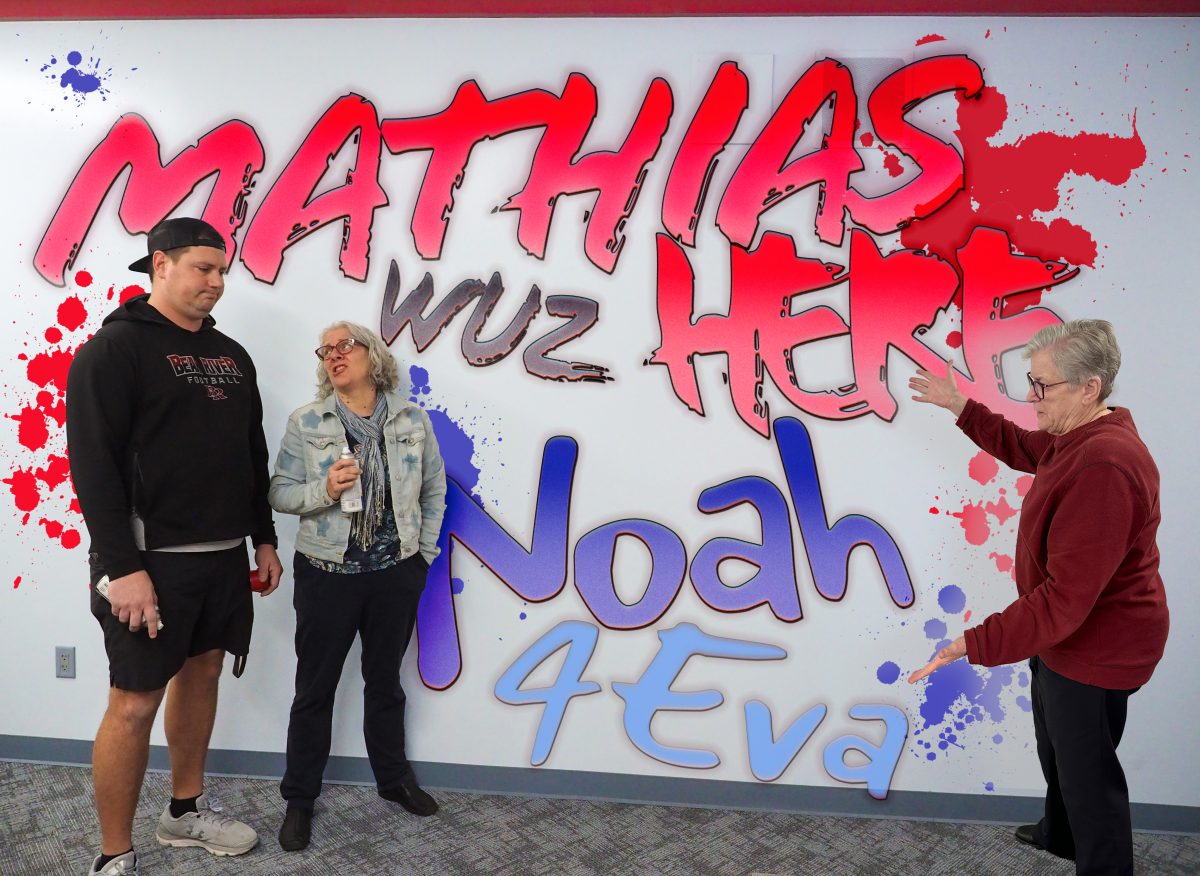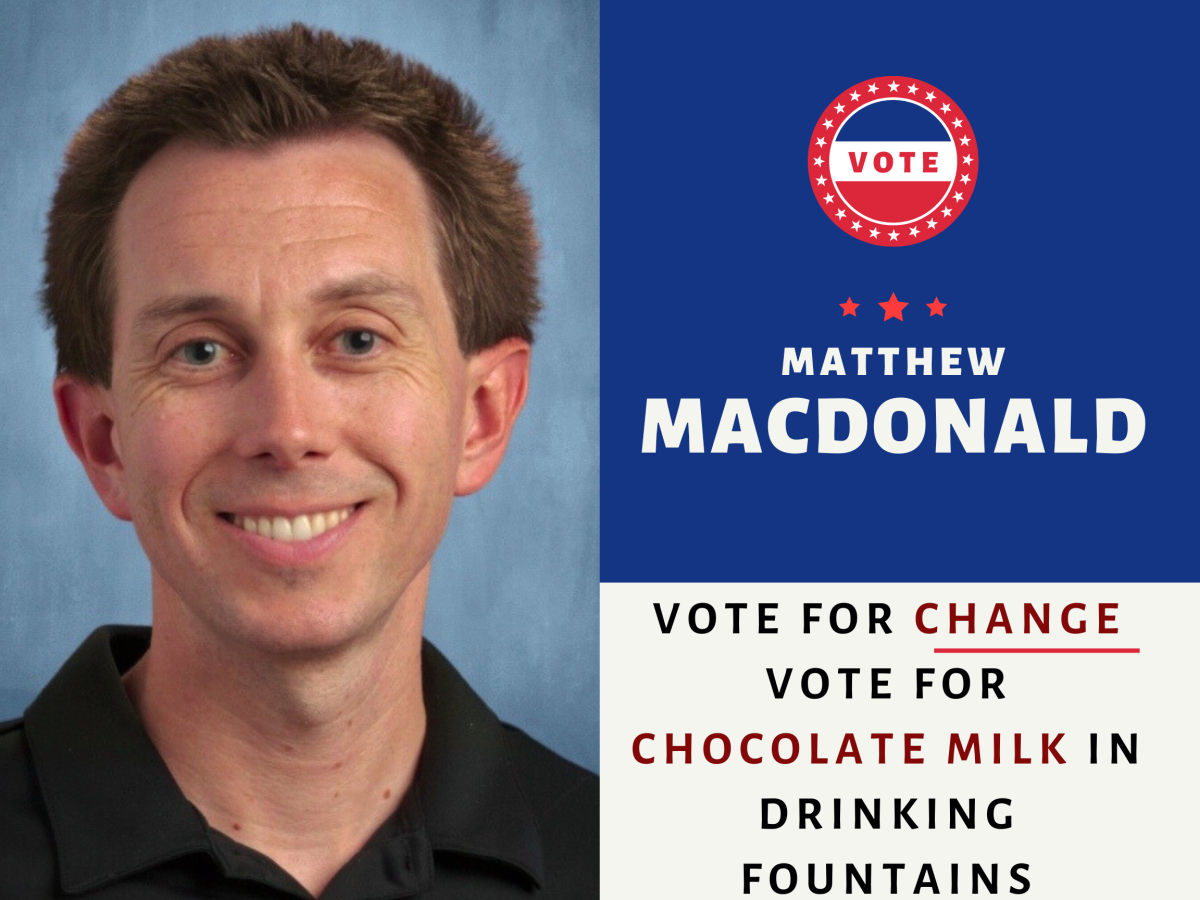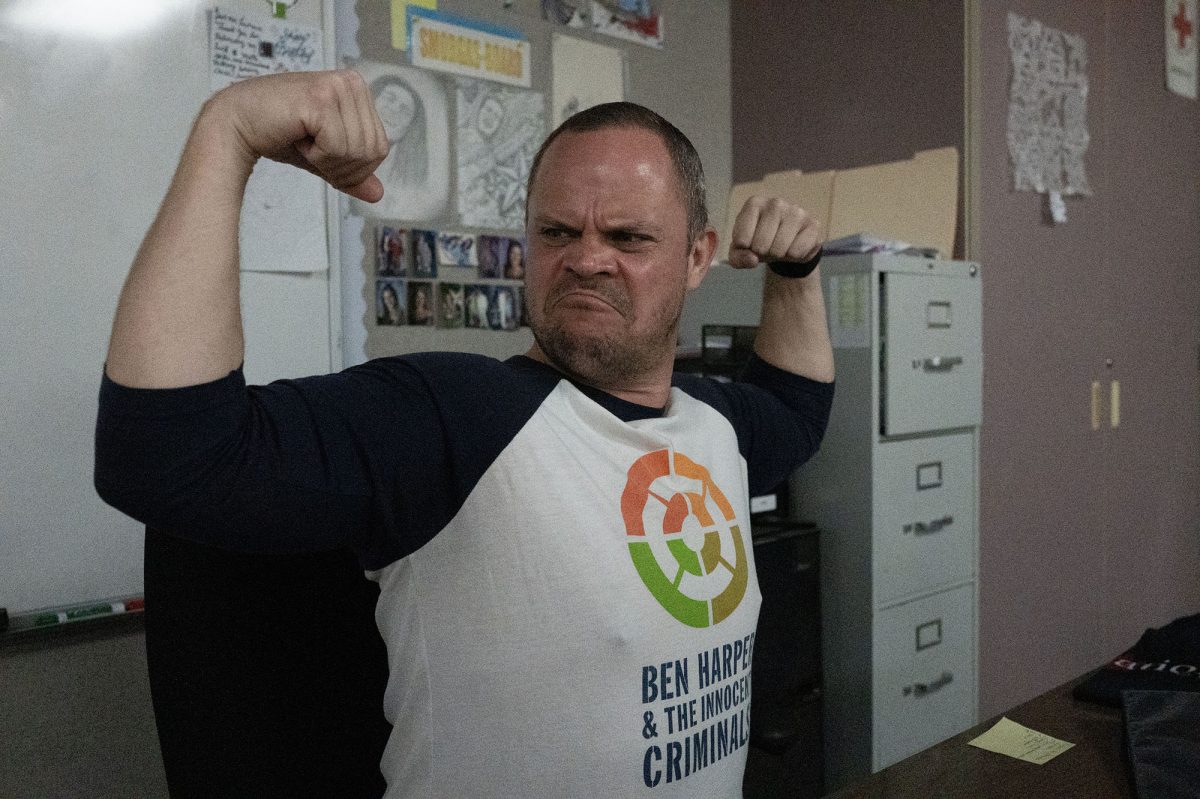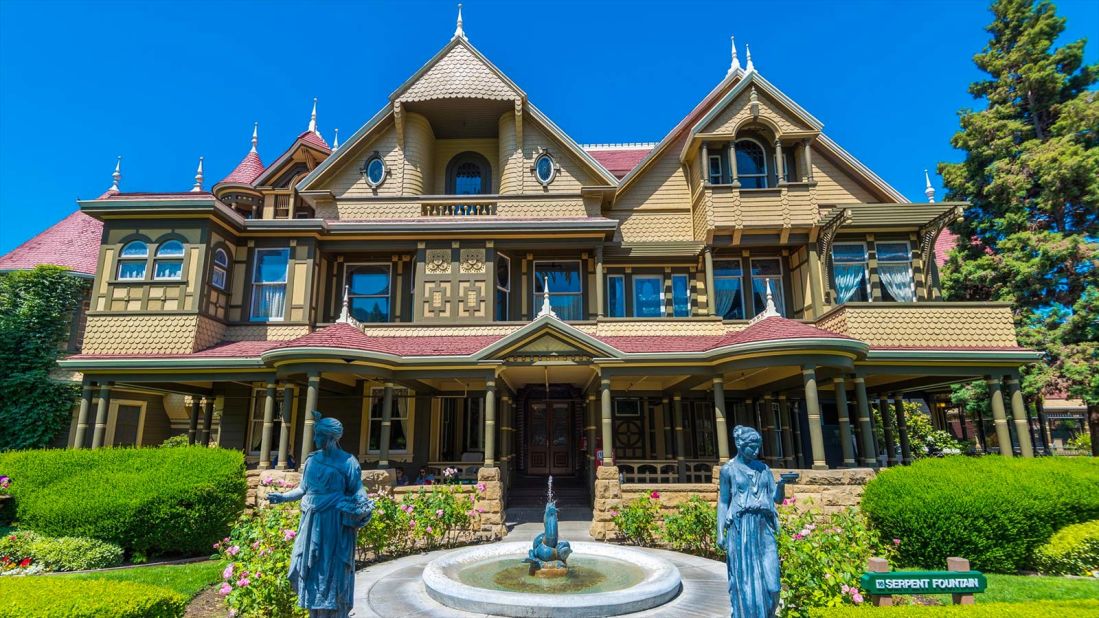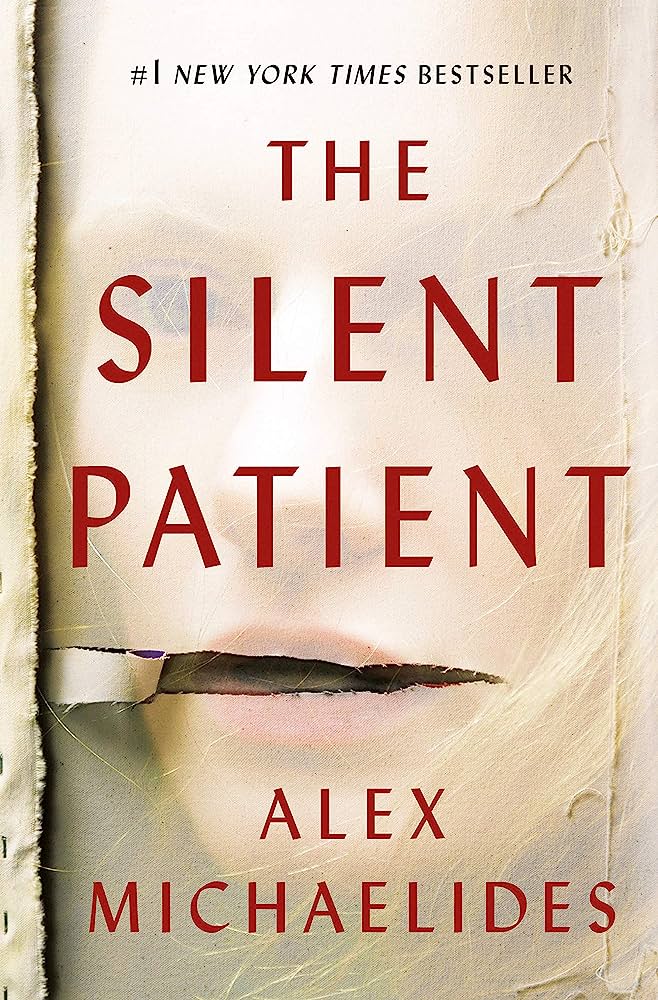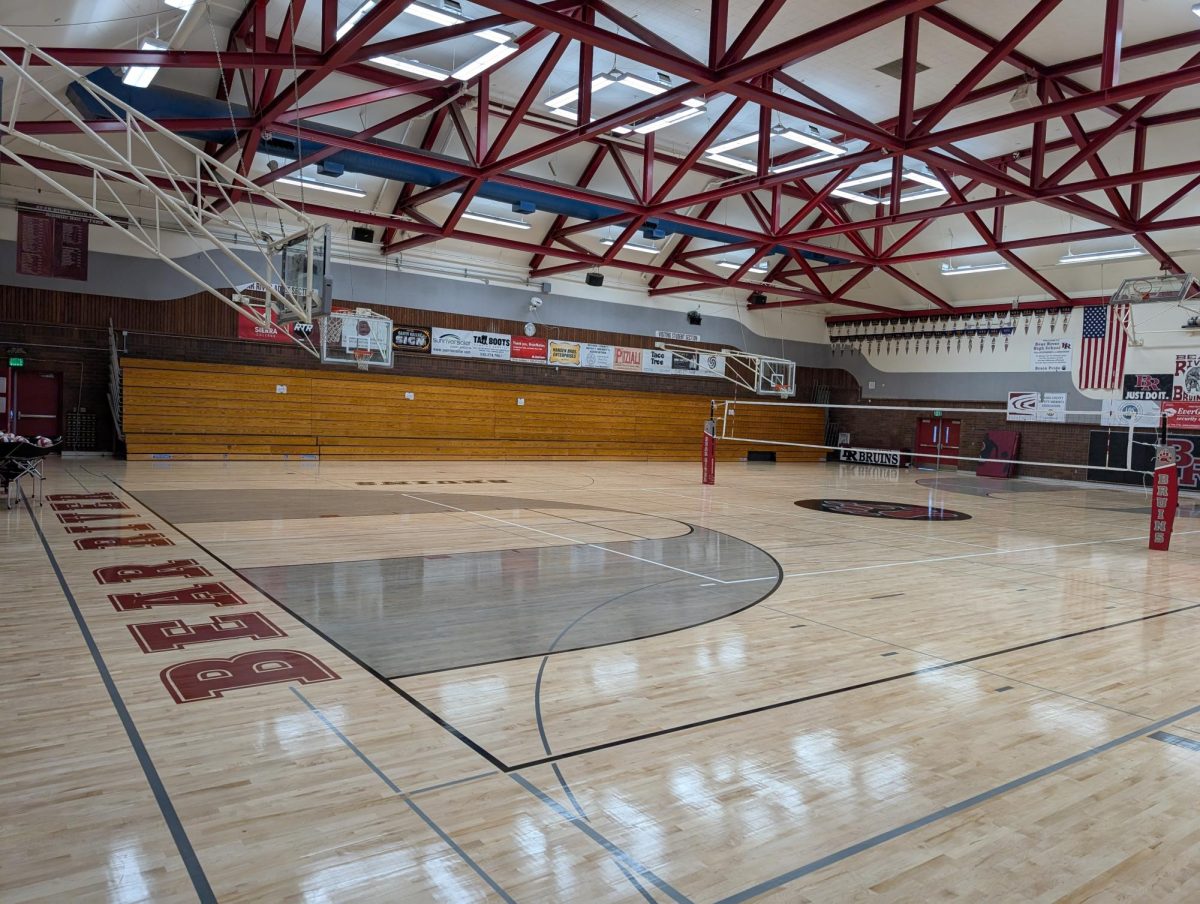Student journalists from across the United States come together every June in the nation’s capital to learn from and be inspired by those who have already forged a path to success, in the hopes of equipping youth to adapt to a changing media landscape and ensure that true journalism never dies.
This program is called the Al Neuharth Free Spirit and Journalism Conference, and it is attended by 51 students each year, one chosen from each state and Washington D.C. by way of a competitive application process. The Free Spirits have the opportunity to visit Capitol Hill and USA Today, a live newsroom, as well as hear from and ask questions of dozens of professional reporters, videographers, broadcasters, photographers, and more.
The annual tone of the conference reflects the current state of the media industry, and advice is given based on what will ensure success in the modern newspaper age. This year’s message was clear: Journalism is changing, and a successful new journalist will have to change with it.
Al Neuharth, the man who founded both USA Today and the Free Spirit Program, certainly believed in changing with the times—he revolutionized the newspaper industry with his controversial use of color, fun graphics, and dumbed-down articles meant to make newspapers more accessible to the general population.
He would certainly encourage a leap into the digital world of media— however, Media Strategist Val Hoeppner described both sides of the shift.
She referenced the increasing span of technology utilization in the newspaper industry; for example, the New York Times’ recent addition of virtual reality (VR) news immersion, or their interactive model of Notre Dame following the fire that caused it to collapse. She then went on to detail the programs, such as Photoshop, that have allowed modified photos, audio, and even videos to grow in number. She said that this is one of the main reasons that “fake news” has become so feared.
As new forms of media such as VR begin to be implemented in high-end newsrooms, other forms are beginning to fade away. Host of “Meet the Press,” Chuck Todd, told students during a Q&A session that if they were looking into the field of television broadcast, they needed to expand their gaze, because by the time they were entering the workforce, it may very well be a dead form of media.
Throughout the week, several other speakers emphasized the point that in today’s journalism environment, it isn’t enough to be good at one thing — student journalists have to be good at everything if they hope to earn a good job in the industry. Adaptability and being able to engage with several forms of media has become key, with journalism expanding to any platform it can find.
Neuharth was known for his adaptability, and many of his original employees, editors for the opening of USA Today, came to the conference to speak of the past, recalling fond memories of their old boss. They also compared the past to the present, adding their hopes for the future.
“There are all these things that used to get covered, that don’t get covered anymore,” said Former Executive Editor of USA Today Peter Prichard. “There were beat reporters who covered courts, who covered police, who went to school board meetings, who knew who all the crooked politicians were. A lot of that is just gone.”
Prichard went on to say that whatever way the newspaper goes, needs to be a new way.
“There’s not much of a newspaper industry left, honestly, sadly,” he said. “I don’t know, maybe newspapers have to merge with Fortnite or Minecraft and somehow come up with a new delivery system that isn’t the internet and it isn’t print, but somehow engage with my grandkids in a way that is not happening now.”
The editors also described what they think has gone wrong with the newspaper transition to becoming digital, saying that the free news available on the internet has made it so that the organizations creating the news are often receiving much less revenue than the internet companies that are simply distributing it.
Former USA Today Editor David Colton emphasized how journalism has changed in terms of audience media consumption.
“For good or bad, editors like me used to decide what the news was,” he said. “I was page editor for page one of USA Today for 10 years. I would put out a front page, and a different editor might put out a different front page. But now the editors are your friends and your relatives who send you, you know, ‘did you see this story?’ That’s how you’re getting news now, and a lot of people think that’s good, you take people like me out of it and whatever interests you will get to you, but you don’t get as broad a picture, so you get these niche pieces of news, but you don’t get the whole picture.”
Prichard ended by declaring his belief that the newspaper industry will carry on, in some form or another.
“Well, the demise has been predicted for twenty years now and [it’s] still around, so … hopefully that means something,” he said.


